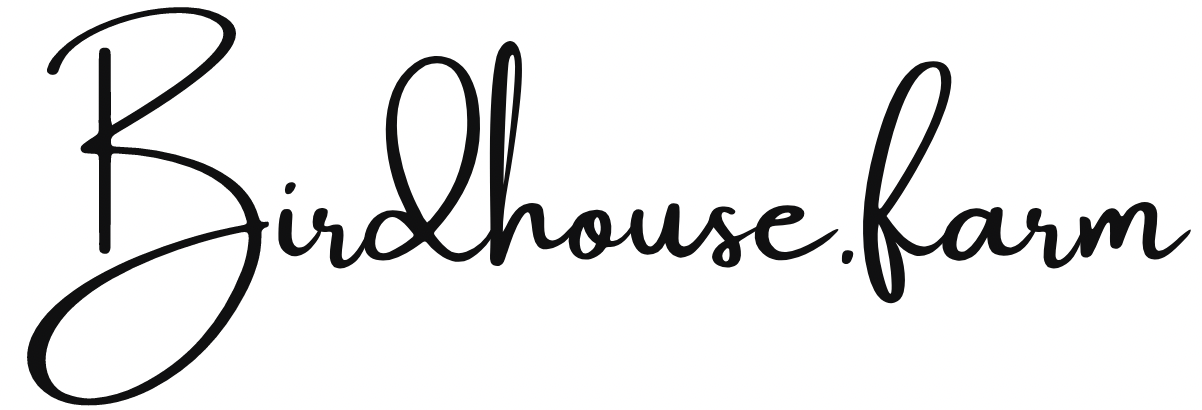Bald Eagle Season in Colorado
As winter settles over Colorado, the state welcomes an extraordinary seasonal visitor: the bald eagle. These iconic raptors, symbols of strength and freedom, migrate to the region during the colder months, drawn by the state’s abundance of open water and rich habitats. For wildlife enthusiasts and nature lovers, bald eagle season offers a unique opportunity to witness these majestic birds in their element.
Why Bald Eagles Choose Colorado
Colorado’s rivers, reservoirs, and wetlands create the perfect wintering grounds for bald eagles. As lakes and streams freeze over in northern states, eagles head south in search of open water and a steady food supply. The Arkansas River, Barr Lake, and reservoirs like Cherry Creek and John Martin are hotspots for eagle activity, where they hunt for fish and waterfowl. Additionally, the state’s open grasslands and forests provide ideal roosting and nesting sites.
When and Where to Spot Them
Bald eagle season typically begins in late November and peaks in January and February, though some eagles remain until early spring. The best time to see them is during the early morning or late afternoon, when they’re most active.
Some of Colorado’s top bald eagle viewing locations include:
Barr Lake State Park: Located just outside Denver, this park is a winter haven for bald eagles. A dedicated Eagle Watch program allows visitors to observe the birds up close.
Chatfield State Park: Near Littleton, this area offers a mix of open water and trees, making it a favorite spot for eagle watchers.
John Martin Reservoir State Park: In southeastern Colorado, this reservoir attracts numerous eagles and offers excellent viewing opportunities.
Highline Lake State Park: Located near the western slopes, this park is another popular spot to spot these raptors.
Eagle Watching Tips
To make the most of your bald eagle viewing experience, keep these tips in mind:
Bring binoculars or a spotting scope. Eagles often perch high in trees or soar over water, making long-distance viewing tools essential.
Dress warmly. Colorado winters can be chilly, especially in the early mornings and evenings. Layers, gloves, and a hat are a must.
Be patient and quiet. Bald eagles are sensitive to human activity. Keep your distance and respect their habitat to avoid disturbing them.
Join guided programs. Many parks and nature centers offer eagle watch events with expert guides who can provide insights into eagle behavior.
The Conservation Comeback
Not long ago, spotting a bald eagle in the wild was a rare occurrence. In the mid-20th century, their populations plummeted due to habitat loss and pesticide use, particularly DDT. Thanks to concerted conservation efforts, including habitat restoration and the banning of DDT, bald eagles were removed from the Endangered Species List in 2007. Today, their resurgence is a testament to the power of environmental stewardship.
Get Involved in Conservation
For those inspired by these incredible birds, there are plenty of ways to support their continued success:
Participate in local conservation programs.
Volunteer for habitat restoration projects.
Support organizations like Colorado Parks and Wildlife that protect eagle habitats.
A Winter Tradition Worth Experiencing
Whether you’re an avid birder or simply enjoy spending time in nature, bald eagle season in Colorado is an awe-inspiring experience. Witnessing these magnificent raptors against the backdrop of Colorado’s snowy landscapes is a reminder of the beauty and resilience of the natural world. So, grab your binoculars, bundle up, and head out to celebrate this winter tradition. The eagles await!
